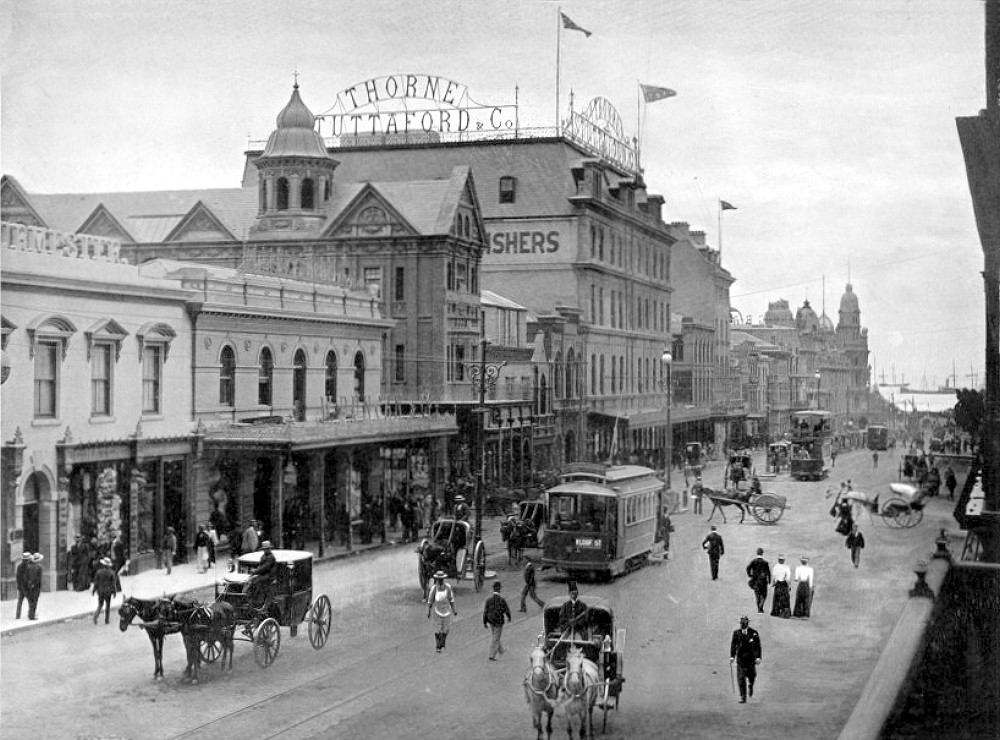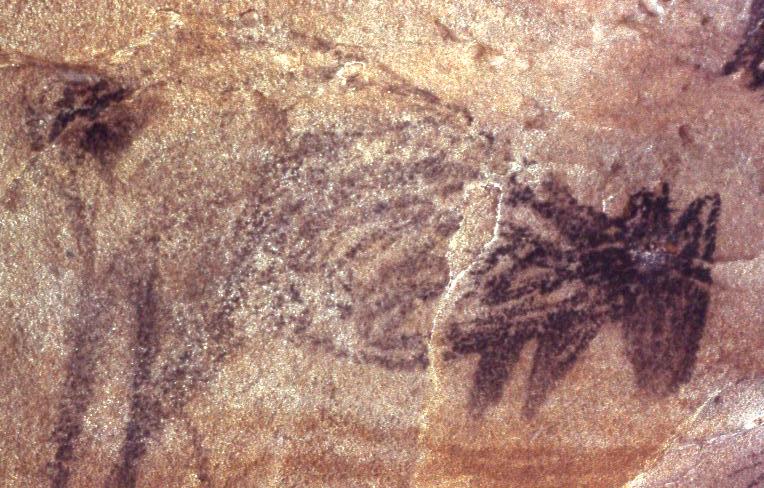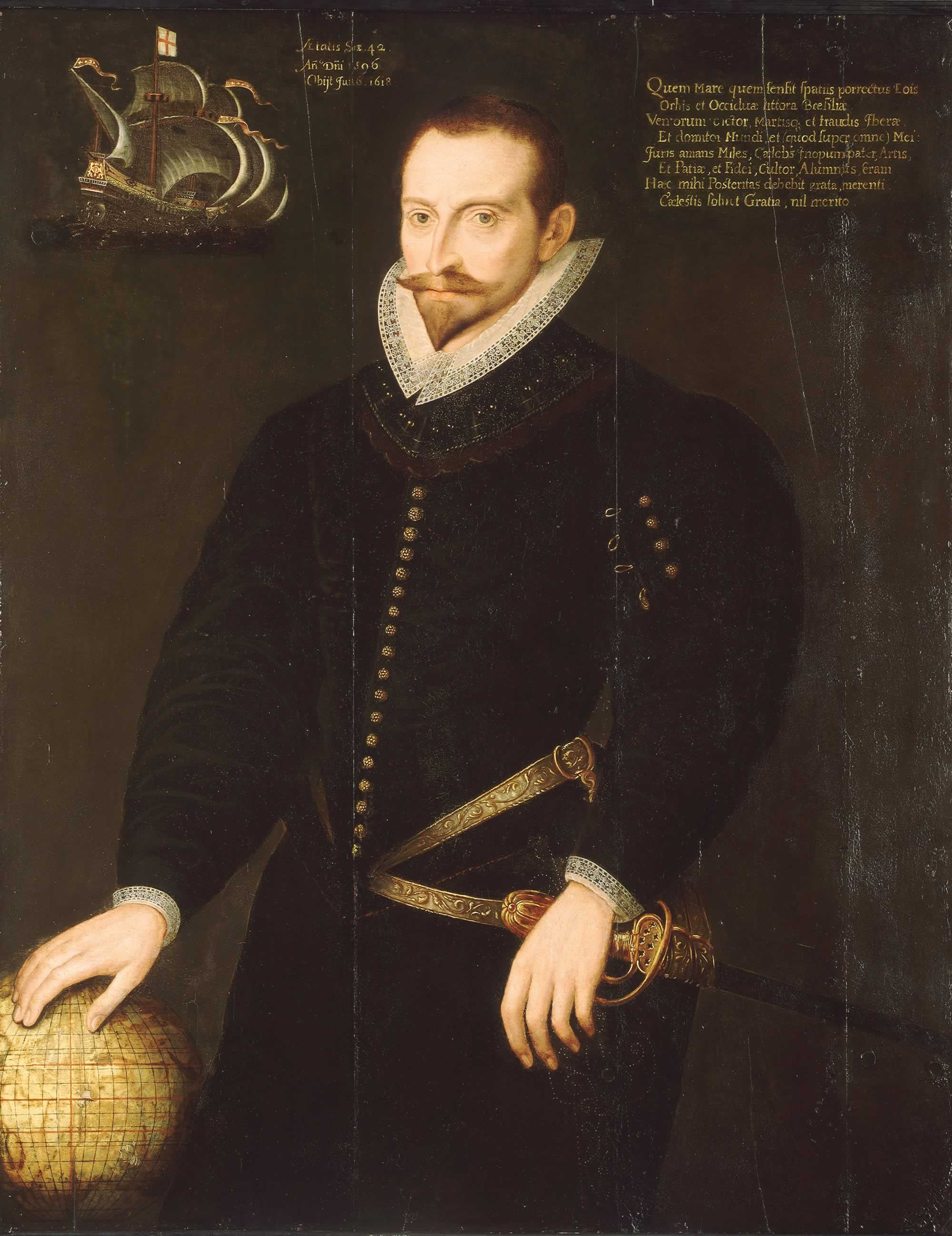|
Lady Penrhyn (1786 Ship)
''Lady Penrhyn'' was built on the River Thames in 1786 as a slave ship. ''Lady Penrhyn'' was designed as a two-deck ship for use in the Atlantic slave trade, with a capacity of 275 slaves. She was part-owned by William Compton Sever, who served as ship's master on her voyage to Australia, and by London alderman and sea-biscuit manufacturer William Curtis. For her first voyage she transported convicts to New South Wales as part of the First Fleet. On her voyage back to Britain she was the first European vessel to pass by the Kermadec Islands, and the Penrhyn Atoll in the Cook Islands. She also carried a cargo for the British East India Company (EIC). The French captured her in the West Indies in 1811 and scuttled her. Voyage to Australia ''Lady Penrhyn'', William Sever, master, left Portsmouth on 13 May 1787, and arrived at Port Jackson, Sydney, Australia, on 26 January 1788. She carried 101 female convicts, and three officers and 41 other ranks of the New South Wales Mari ... [...More Info...] [...Related Items...] OR: [Wikipedia] [Google] [Baidu] |
Richard Pennant, 1st Baron Penrhyn
Richard Pennant, 1st Baron Penrhyn (1737 – 21 January 1808), was a Welsh politician and nobleman who served as an MP in the British Parliament, representing Petersfield and Liverpool for 29 years between 1761 and 1790. He was the owner of Penrhyn Castle, an estate on the outskirts on Bangor, North Wales. Pennant was also an absentee owner of six sugar plantations and slaves in Jamaica. In Parliament, Pennant was a staunch proslavery advocate who opposed the abolitionist movement. In Wales, Pennant was a major figure in the development of the Welsh slate industry. He received an Irish peerage from King George III in 1783, and died in 1808, leaving his estates to George Hay Dawkins. Early life Pennant was the second son of John Pennant, a Liverpool-based merchant, and his wife Bonella Hodges, a wealthy heiress from the British colony of Jamaica. He was educated at Newcome's School in Hackney, and was admitted to Trinity College, Cambridge on 18 January 1754. Politic ... [...More Info...] [...Related Items...] OR: [Wikipedia] [Google] [Baidu] |
First Fleet
The First Fleet was a fleet of 11 ships that brought the first European and African settlers to Australia. It was made up of two Royal Navy vessels, three store ships and six convict transports. On 13 May 1787 the fleet under the command of Captain Arthur Phillip, with over 1400 people ( convicts, marines, sailors, civil officers and free settlers), left from Portsmouth, England and took a journey of over and over 250 days to eventually arrive in Botany Bay, New South Wales, where a penal colony would become the first European settlement in Australia. History Lord Sandwich, together with the President of the Royal Society, Sir Joseph Banks, the eminent scientist who had accompanied Lieutenant James Cook on his 1770 voyage, was advocating establishment of a British colony in Botany Bay, New South Wales. Banks accepted an offer of assistance from the American Loyalist James Matra in July 1783. Under Banks's guidance, he rapidly produced "A Proposal for Establish ... [...More Info...] [...Related Items...] OR: [Wikipedia] [Google] [Baidu] |
Kamchatka
The Kamchatka Peninsula (russian: полуостров Камчатка, Poluostrov Kamchatka, ) is a peninsula in the Russian Far East, with an area of about . The Pacific Ocean and the Sea of Okhotsk make up the peninsula's eastern and western coastlines, respectively. Immediately offshore along the Pacific coast of the peninsula runs the Kuril–Kamchatka Trench. The Kamchatka Peninsula, the Commander Islands, and the Karaginsky Island, constitute the Kamchatka Krai of the Russia, Russian Federation. The vast majority of the 322,079 inhabitants are ethnic Russians, although about 13,000 are Koryaks (2014). More than half of the population lives in Petropavlovsk-Kamchatsky (179,526 in 2010) and nearby Yelizovo (38,980). The Kamchatka peninsula contains the volcanoes of Kamchatka, a World Heritage Site, UNESCO World Heritage Site. Geography Politically, the peninsula forms part of Kamchatka Krai. The southern tip is called Cape Lopatka. (Lopatka is Russian for spa ... [...More Info...] [...Related Items...] OR: [Wikipedia] [Google] [Baidu] |
South Sea Company
The South Sea Company (officially The Governor and Company of the merchants of Great Britain, trading to the South Seas and other parts of America, and for the encouragement of the Fishery) was a British joint-stock company founded in January 1711, created as a public-private partnership to consolidate and reduce the cost of the national debt. To generate income, in 1713 the company was granted a monopoly (the Asiento de Negros) to supply African slaves to the islands in the "South Seas" and South America. When the company was created, Britain was involved in the War of the Spanish Succession and Spain and Portugal controlled most of South America. There was thus no realistic prospect that trade would take place, and as it turned out, the Company never realised any significant profit from its monopoly. However, Company stock rose greatly in value as it expanded its operations dealing in government debt, and peaked in 1720 before suddenly collapsing to little above its o ... [...More Info...] [...Related Items...] OR: [Wikipedia] [Google] [Baidu] |
Cape Town
Cape Town ( af, Kaapstad; , xh, iKapa) is one of South Africa's three capital cities, serving as the seat of the Parliament of South Africa. It is the legislative capital of the country, the oldest city in the country, and the second largest (after Johannesburg). Colloquially named the ''Mother City'', it is the largest city of the Western Cape province, and is managed by the City of Cape Town metropolitan municipality. The other two capitals are Pretoria, the executive capital, located in Gauteng, where the Presidency is based, and Bloemfontein, the judicial capital in the Free State, where the Supreme Court of Appeal is located. Cape Town is ranked as a Beta world city by the Globalization and World Cities Research Network. The city is known for its harbour, for its natural setting in the Cape Floristic Region, and for landmarks such as Table Mountain and Cape Point. Cape Town is home to 66% of the Western Cape's population. In 2014, Cape Town was named the ... [...More Info...] [...Related Items...] OR: [Wikipedia] [Google] [Baidu] |
Arthur Bowes Smyth
Arthur Bowes Smyth (23 August 175031 March 1790) was a naval surgeon, who traveled on ''Lady Penrhyn'' as a part of the First Fleet that established a penal colony in New South Wales. Smyth kept a diary and documented the natural history he encountered in Australia. Early life and medical career Arthur Bowes Smyth was born on 23 August 1750 at Tolleshunt D'Arcy, Essex, England, and was buried there shortly after his return to England on 31 March 1790. Son of Surgeon Thomas Smyth and the seventh of ten children, Arthur Bowes Smyth followed in his father's footsteps practising medicine in his place of birth until appointed "Surgeon to the Ship's Company" aboard the ''Lady Penrhyn'' in 1787. Whilst Bowes Smyth practiced as a surgeon for a number of years before his appointment to the First Fleet, no evidence can be found of his medical qualifications. It has been surmised that "Surgeon" was an honorary title. He is known to have practiced midwifery in his local parish of Tolles ... [...More Info...] [...Related Items...] OR: [Wikipedia] [Google] [Baidu] |
New South Wales Marine Corps
The New South Wales Marine Corps (1786–1792) was an ad hoc volunteer unit that the British Royal Navy created to guard the convicts aboard the First Fleet to Australia, and to preserve "subordination and regularity" in the penal colony in New South Wales. Established in 1786, the Marines saw active service in New South Wales from 1788 to 1792 and was instrumental in establishing the colony's rule of law. Study of the complete New South Wales Marine complement indicates they were chosen from Plymouth and Portsmouth Divisions with only one exception. Beginning with guards arriving with the 2nd and 3rd fleets but officially with the arrival of on 22 September 1791 the New South Wales Marines were relieved by a newly formed British Army regiment of foot, the New South Wales Corps. On 18 December 1791 left Port Jackson taking home the larger part of the still serving New South Wales Marines. Those leaving included Maj Robert Ross, Watkin Tench, William Dawes, and Ralph Clark, a ... [...More Info...] [...Related Items...] OR: [Wikipedia] [Google] [Baidu] |
Sydney, Australia
Sydney ( ) is the capital city of the States and territories of Australia, state of New South Wales, and the most populous city in both Australia and List of cities in Oceania by population, Oceania. Located on Australia's east coast, the metropolis surrounds Sydney Harbour and extends about towards the Blue Mountains (New South Wales), Blue Mountains to the west, City of Hawkesbury, Hawkesbury to the north, the Royal National Park to the south and Macarthur, New South Wales, Macarthur to the south-west. Sydney is made up of 658 suburbs, spread across 33 local government areas. Residents of the city are known as "Sydneysiders". The 2021 census recorded the population of Greater Sydney as 5,231,150, meaning the city is home to approximately 66% of the state's population. Estimated resident population, 30 June 2017. Nicknames of the city include the 'Emerald City' and the 'Harbour City'. Indigenous Australians, Aboriginal Australians have inhabited the Greater Sydney region for a ... [...More Info...] [...Related Items...] OR: [Wikipedia] [Google] [Baidu] |
Port Jackson
Port Jackson, consisting of the waters of Sydney Harbour, Middle Harbour, North Harbour and the Lane Cove and Parramatta Rivers, is the ria or natural harbour of Sydney, New South Wales, Australia. The harbour is an inlet of the Tasman Sea (part of the South Pacific Ocean). It is the location of the Sydney Opera House and Sydney Harbour Bridge. The location of the first European settlement and colony on the Australian mainland, Port Jackson has continued to play a key role in the history and development of Sydney. Port Jackson, in the early days of the colony, was also used as a shorthand for Sydney and its environs. Thus, many botanists, see, e.g, Robert Brown's '' Prodromus Florae Novae Hollandiae et Insulae Van Diemen'', described their specimens as having been collected at Port Jackson. Many recreational events are based on or around the harbour itself, particularly Sydney New Year's Eve celebrations. The harbour is also the starting point of the Sydney to Hob ... [...More Info...] [...Related Items...] OR: [Wikipedia] [Google] [Baidu] |
Portsmouth
Portsmouth ( ) is a port and city status in the United Kingdom, city in the ceremonial county of Hampshire in southern England. The city of Portsmouth has been a Unitary authorities of England, unitary authority since 1 April 1997 and is administered by Portsmouth City Council. Portsmouth is the most densely populated city in the United Kingdom, with a population last recorded at 208,100. Portsmouth is located south-west of London and south-east of Southampton. Portsmouth is mostly located on Portsea Island; the only English city not on the mainland of Great Britain. Portsea Island has the third highest population in the British Isles after the islands of Great Britain and Ireland. Portsmouth also forms part of the regional South Hampshire, South Hampshire conurbation, which includes the city of Southampton and the boroughs of Eastleigh, Fareham, Gosport, Havant and Waterlooville. Portsmouth is one of the world's best known ports, its history can be traced to Roman Britain, ... [...More Info...] [...Related Items...] OR: [Wikipedia] [Google] [Baidu] |
West Indies
The West Indies is a subregion of North America, surrounded by the North Atlantic Ocean and the Caribbean Sea that includes 13 independent island countries and 18 dependencies and other territories in three major archipelagos: the Greater Antilles, the Lesser Antilles, and the Lucayan Archipelago. The subregion includes all the islands in the Antilles, plus The Bahamas and the Turks and Caicos Islands, which are in the North Atlantic Ocean. Nowadays, the term West Indies is often interchangeable with the term Caribbean, although the latter may also include some Central and South American mainland nations which have Caribbean coastlines, such as Belize, French Guiana, Guyana, and Suriname, as well as the Atlantic island nations of Barbados, Bermuda, and Trinidad and Tobago, all of which are geographically distinct from the three main island groups, but culturally related. Origin and use of the term In 1492, Christopher Columbus became the first European to record ... [...More Info...] [...Related Items...] OR: [Wikipedia] [Google] [Baidu] |
East India Company
The East India Company (EIC) was an English, and later British, joint-stock company founded in 1600 and dissolved in 1874. It was formed to trade in the Indian Ocean region, initially with the East Indies (the Indian subcontinent and Southeast Asia), and later with East Asia. The company seized control of large parts of the Indian subcontinent, colonised parts of Southeast Asia and Hong Kong. At its peak, the company was the largest corporation in the world. The EIC had its own armed forces in the form of the company's three Presidency armies, totalling about 260,000 soldiers, twice the size of the British army at the time. The operations of the company had a profound effect on the global balance of trade, almost single-handedly reversing the trend of eastward drain of Western bullion, seen since Roman times. Originally chartered as the "Governor and Company of Merchants of London Trading into the East-Indies", the company rose to account for half of the world's trad ... [...More Info...] [...Related Items...] OR: [Wikipedia] [Google] [Baidu] |






2009.jpg)
